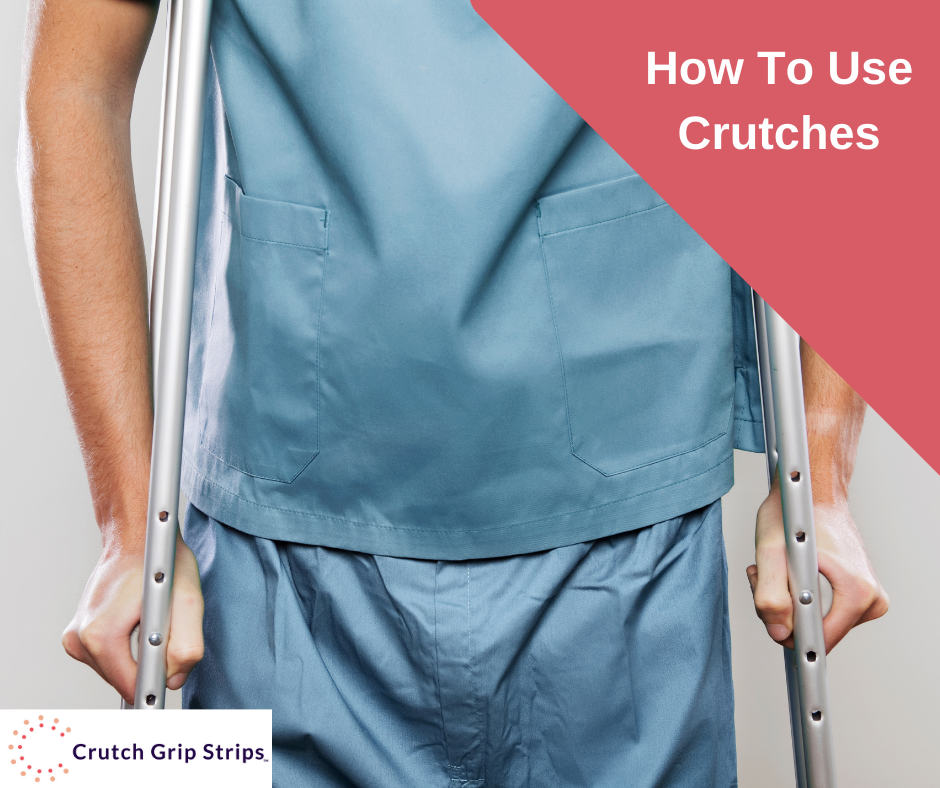Explain How To Fit Crutches Properly Like I’m a 5th Grader
Are you or a loved one in need of crutches as a mobility aid?
Fitting your crutches properly is crucial for comfort and safety.
In this article, we'll guide you through how to fit crutches properly, and the different types of crutches.
Types Of Crutches
There are different types of crutches, each with its own benefits and drawbacks.
The most common types include underarm crutches, forearm crutches, and platform crutches.
Underarm crutches are the most traditional type, and are typically used for short-term injuries.
Forearm crutches are more versatile and provide better support, but require more upper body strength.
Platform crutches are used for those who cannot bear weight on their hands, such as those with wrist injuries. Consult with your healthcare provider to determine which type of crutch is best suited for your needs.
How To Fit Crutches Properly
First, make sure that the crutches are adjusted to the right height for you. The top of the crutches should be about 1-2 inches below your armpits, and the hand grips should be at hip level. If the crutches are too high or too low, they can be uncomfortable or difficult to use. Follow these steps on fitting crutches to your body for the correct fit:
When you're holding the crutches, make sure that the top part of the crutches (the part that goes under your arms) is snug against your body, but not pressing into your armpits. Your weight should be supported by your hands and not your armpits.
Next, make sure that the hand grips are at a comfortable height for you. You should be able to grip the hand grips comfortably with your elbows slightly bent. If the hand grips are too high or too low, they can be uncomfortable or difficult to use.
Finally, make sure that the rubber tips on the bottom of the crutches are in good condition and provide good traction on the ground. If the tips are worn down or slippery, they can be dangerous to use.
By following these steps, you can make sure that your crutches are fitted properly and comfortable to use, which can help you on your road to recovery.
It's important to ensure good posture and weight distribution when using crutches. When standing with your crutches, keep your shoulders down and back, and make sure your weight is evenly distributed between the crutches and your non-injured foot. To move forward, place your crutches about one foot ahead of you, lean forward, and swing your injured foot forward to land between the crutches. Repeat this process to move forward. Be sure to take small steps and keep the crutches close to your body.
In conclusion, fitting your crutches properly is crucial for comfort and safety. By following the steps outlined above, you'll be on your way to a speedy recovery. Remember to consult with your healthcare provider to determine which type of crutch is best suited for your needs.

